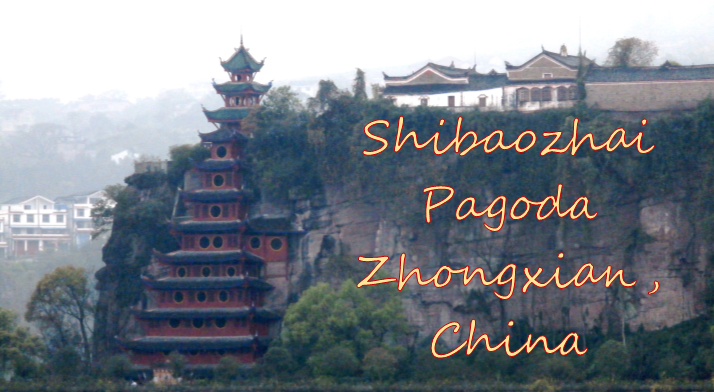
Our four day Yangtze River Cruise included a package for three shore excursions. My wife and I purchased the package before our trip. The excursions included a trip to the massive Three Gorges Dam, a cultural interaction with the Tujia People on Goddess Stream and a trip to the Shibaozhai Pagoda in Zhongxian, Chongqing, China.
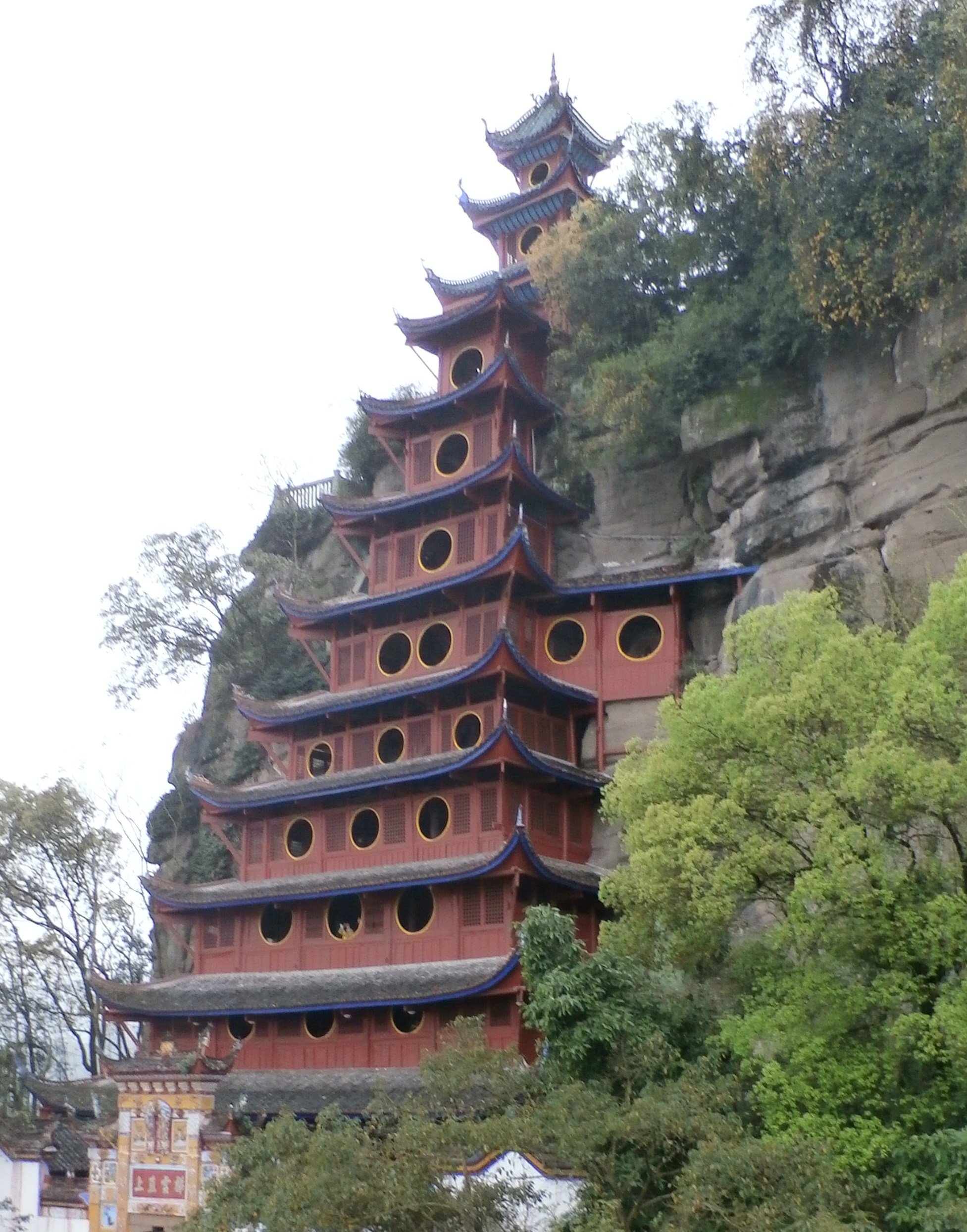
The Shibaozhai Pagoda was built in 1819. The pagoda was basically a fancy staircase. Prior to construction of the pagoda, residents had to use ropes to ascend the top of this 600 foot hill,where there is a temple. The pagoda has several unique features. First, it was built without the use of nails. The nine story structure is easily visible from far away. The red walls a stark contrast to the green and brown hillside. Each level has large round portals to offer views of the Yangtze River. The ornate structure pays homage to historical eras, with plaques, statues and other icons located along the steep climb toward the top.
We began our journey by disembarking our ship by way of an extended gangplank. The floating walkway was likely 100 meters in length. Probably longer. From there, we began our ascent into the nearby city. We arrived very early in the day. Likely the first tourist group to disembark to visit the pagoda (which draws a crowd from most passing tourist ships). The vendor stalls began at the first stitch of land after the gangplank. Our early arrival meant that most of the vendors were still setting up. As we progressed toward the town, more of the stalls were manned.
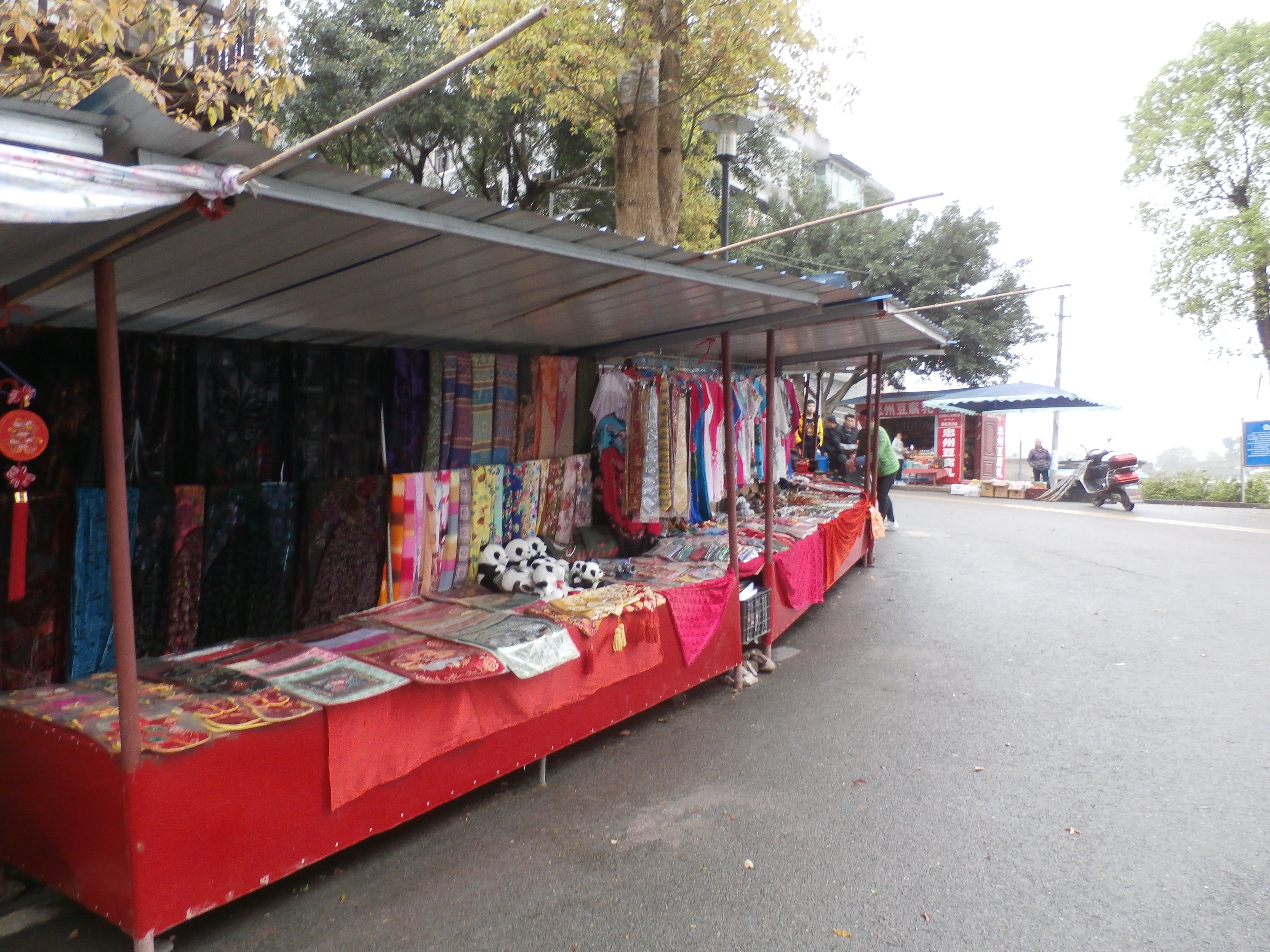
The vendors know the tourist route well. The shops begin at the water's edge, lining the streets along the route taken to the pagoda. As you near the top of the first hill, you enter the small town adjacent to the pagoda. The route takes a hard left turn, although you could find your way merely by following the route of stalls hawking every trinket one could imagine. We weren't given much time to shop as the purpose of our visit was the pagoda. A few young people walked along side our group selling small, portable gifts. We would have plenty of time to browse more on our return trip. The town had a couple of ornate archways that I snapped photos of as we trudged like cattle toward our distant destination.
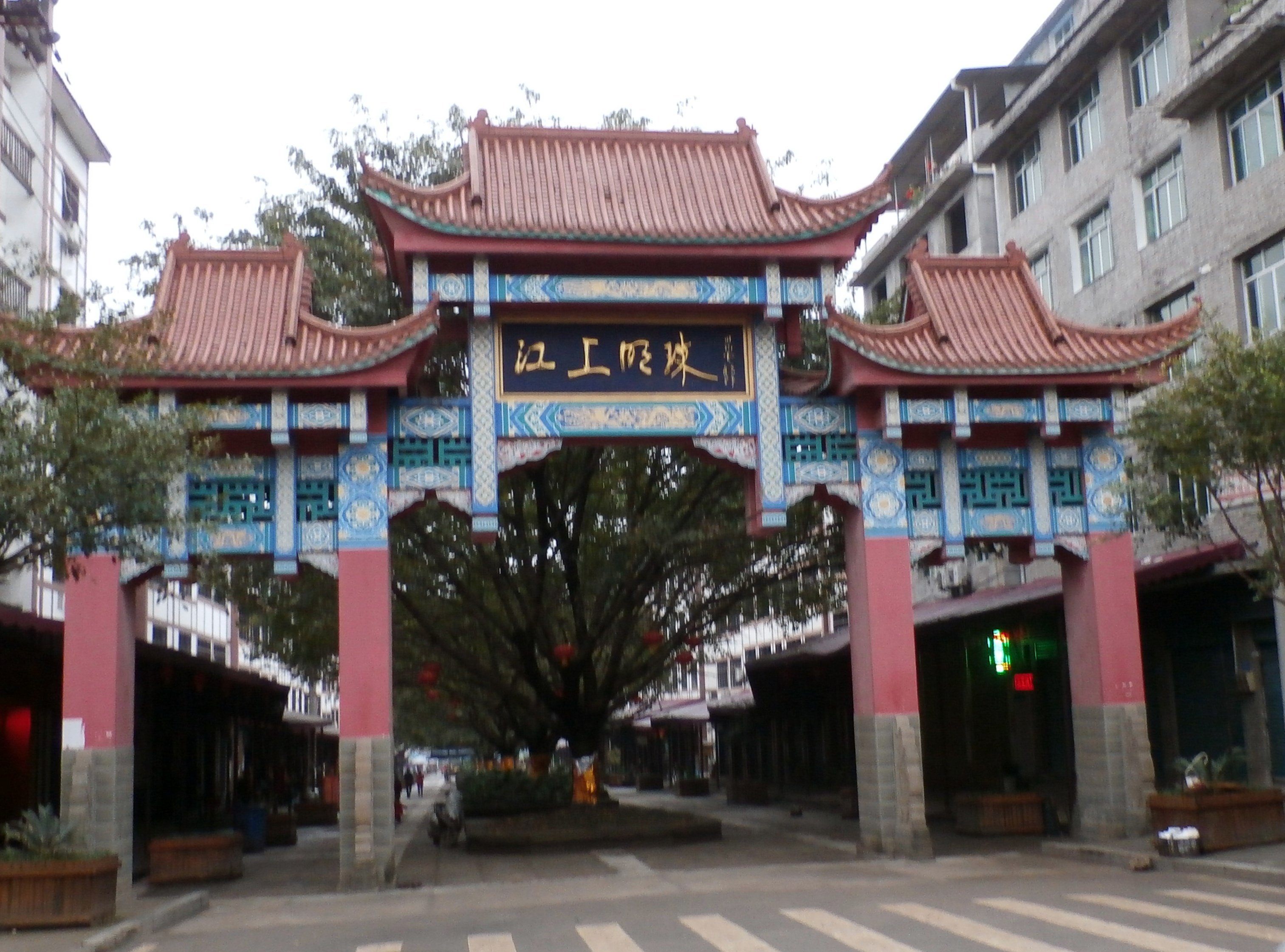
Entrance
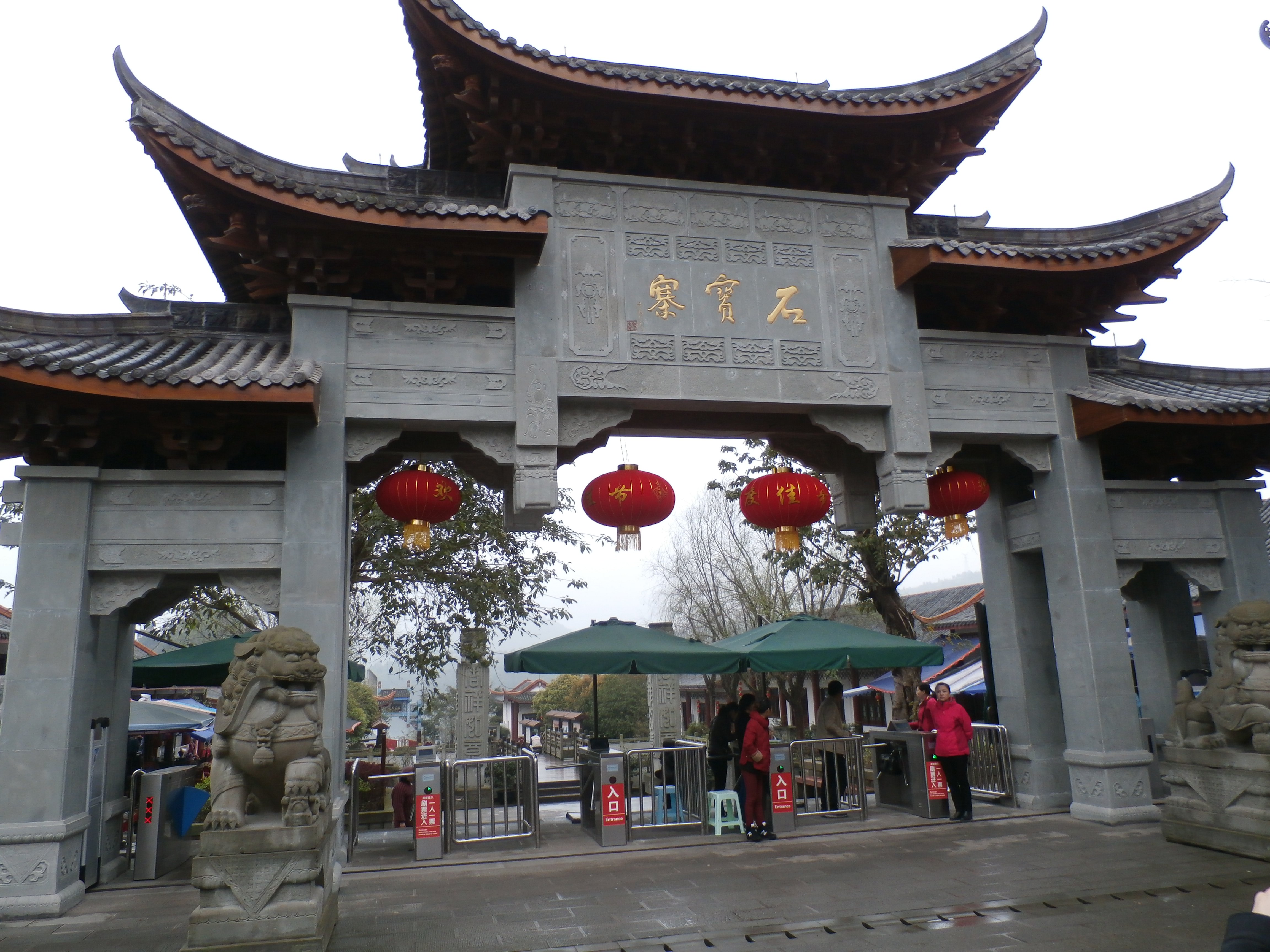
The entrance archway deceives travelers into thinking they are close. It is still a healthy walk to get to the pagoda. One might also thing the shops would end at the entrance to the attraction. The turnstiles are there to ensure payment and count visitors. Little more. The endless stalls continue on the other side.
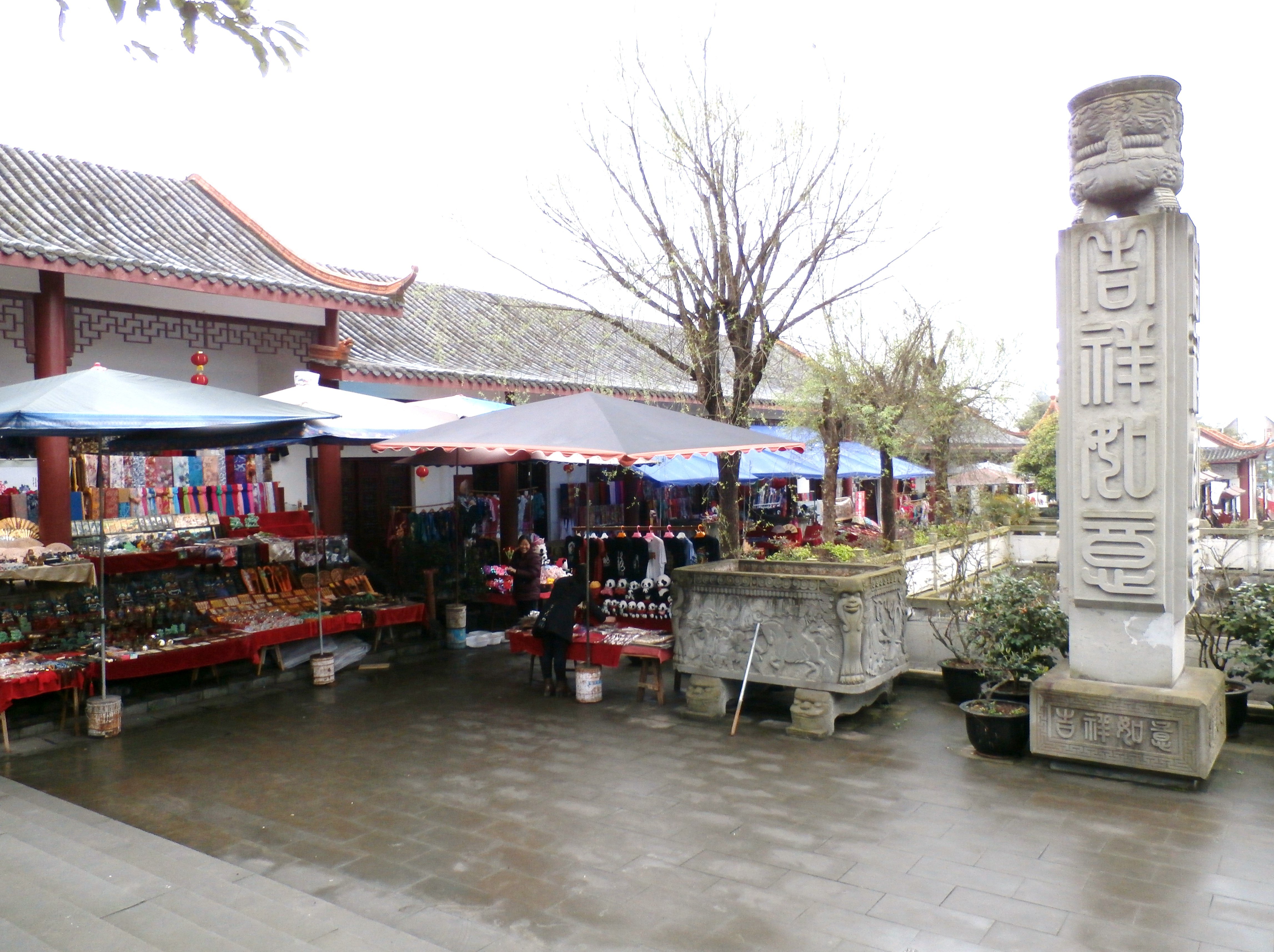
There was one stall that caught my attention. A shopkeeper that didn't speak a lick of English. But he had an award winning smile and played the hell out of "Oh, Susanna." I think it is the only tune he knew. Or at least, the only tune he knew we were likely to know. It got old. Quick. But I give him an "A" for effort. I wasn't in the market for a musical instrument or a jade Buddha. But I did give him a smile and a thumbs up.
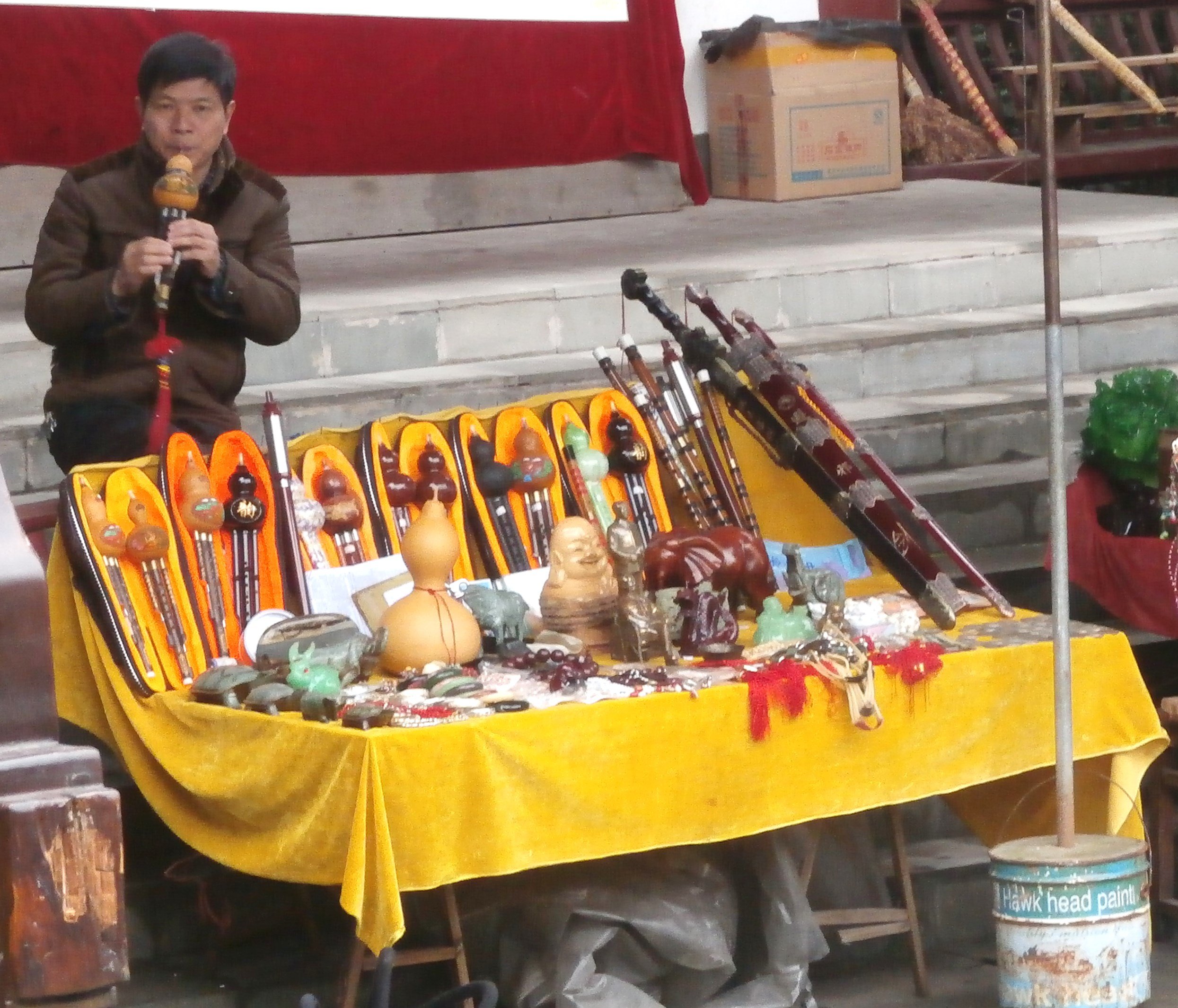
There are plenty of statues in and around the Pagoda complex. As we neared the hillside, there was a small plaza with pillars representing the Chinese animal years. Bronze animal heads were mounted on each pillar representing the Chinese Zodiac.
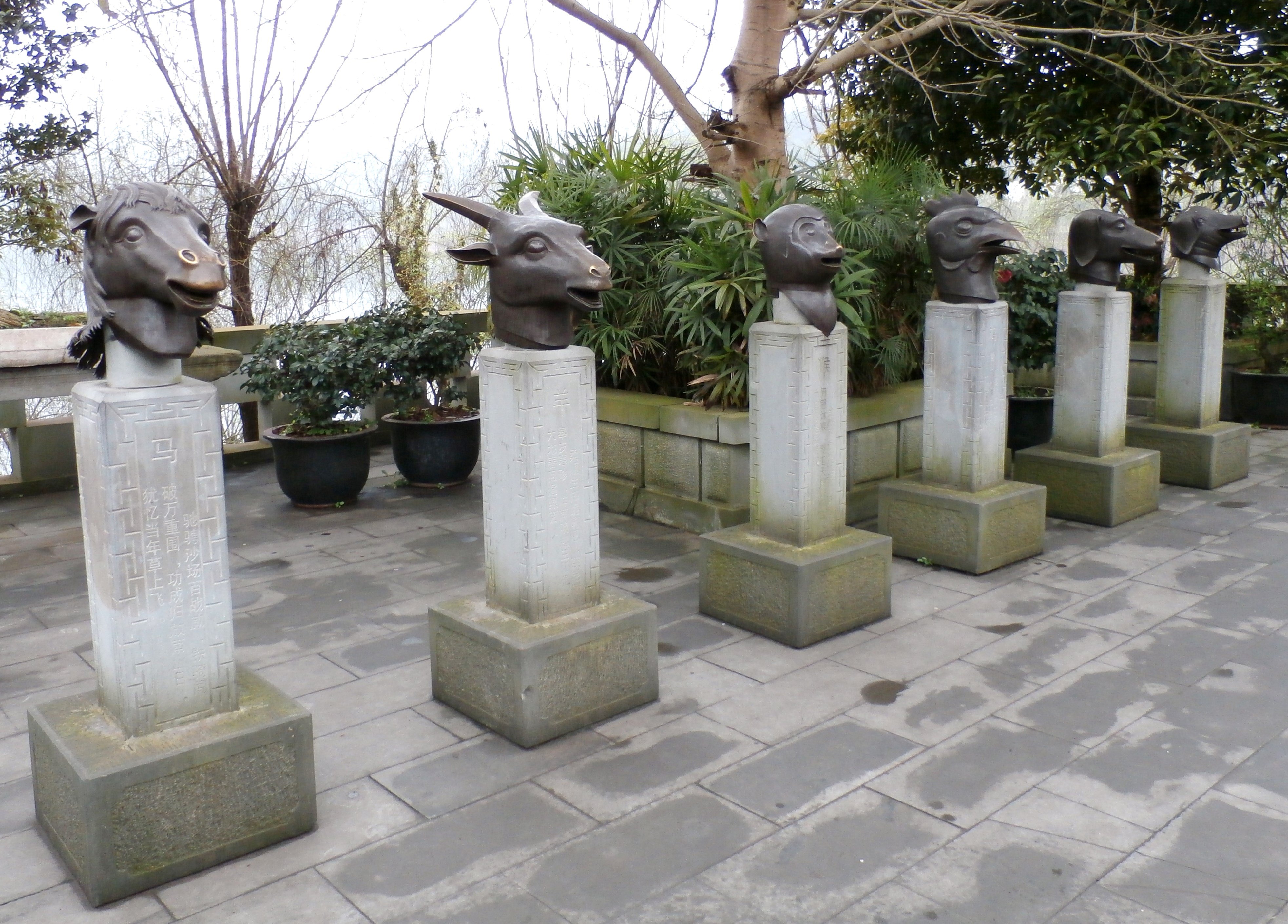
Finally, we arrived at the Pagoda. The hill was once connected to the land. When the Yangtze was flooded after creation of the Three Gorges Dam, a coffer dam was built around the pagoda to protect the structure.
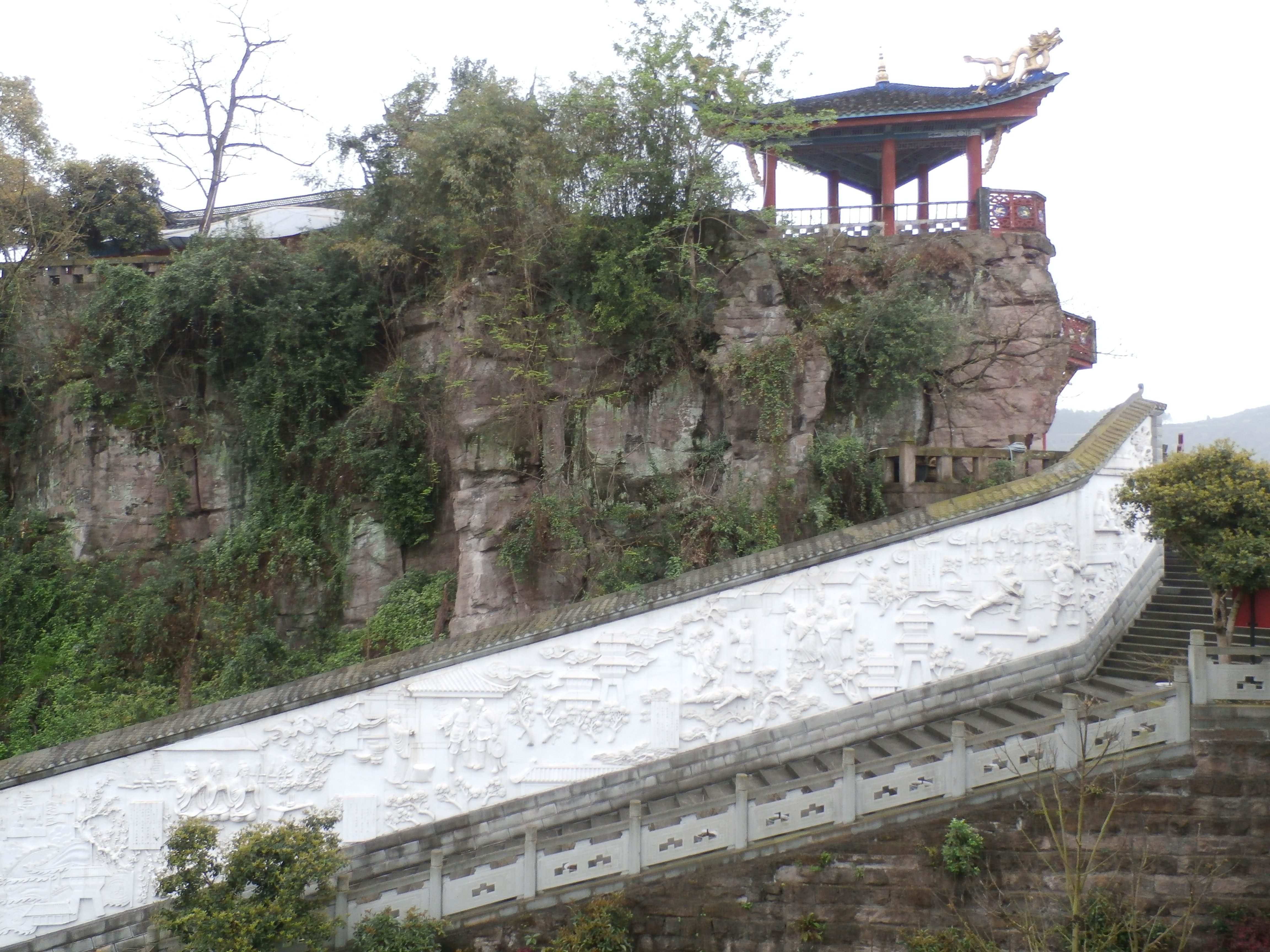
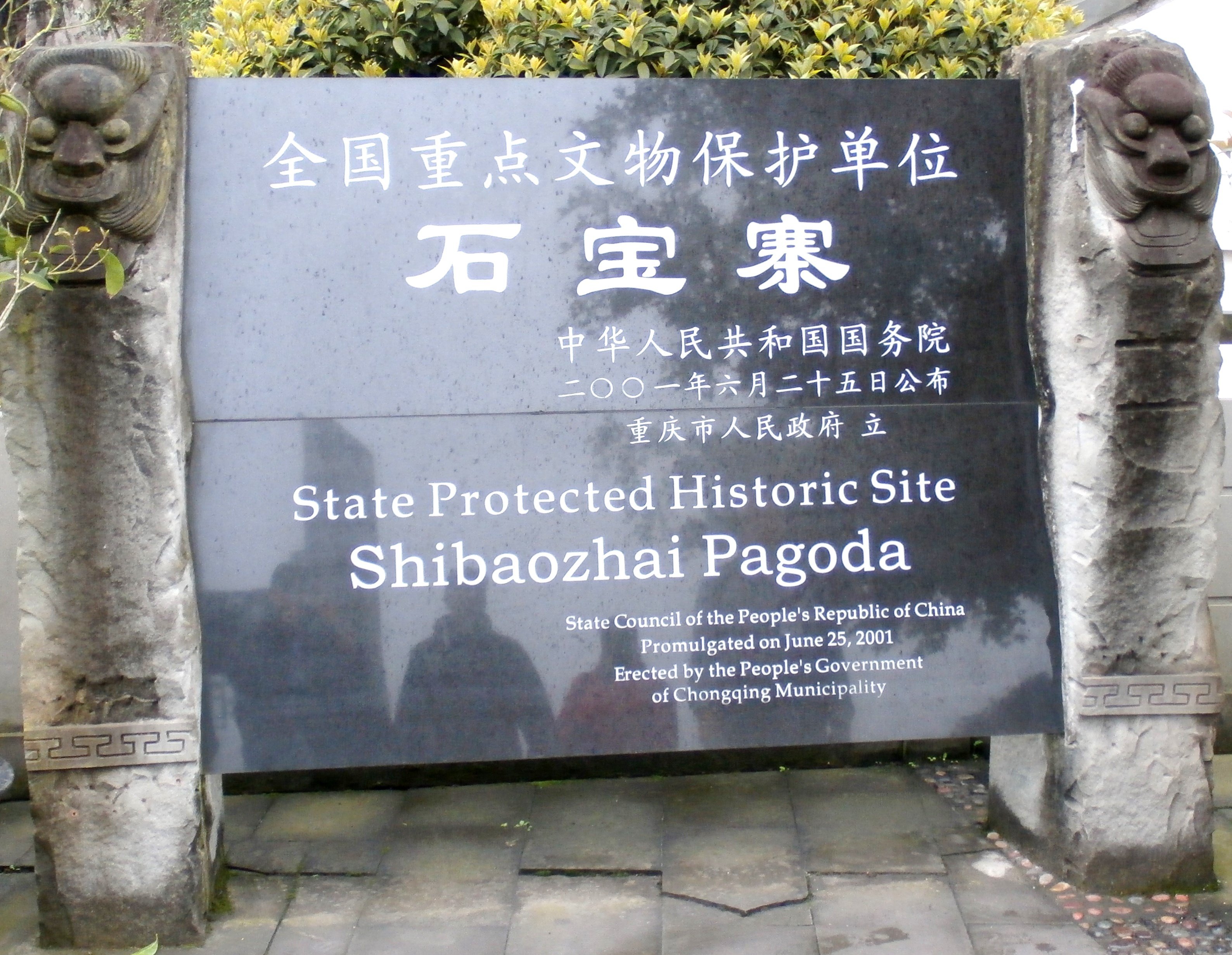
The interior of the dam has structures built into the retaining wall. The construction consistent with existing structures. The gardens and buildings in this photo are below water level.
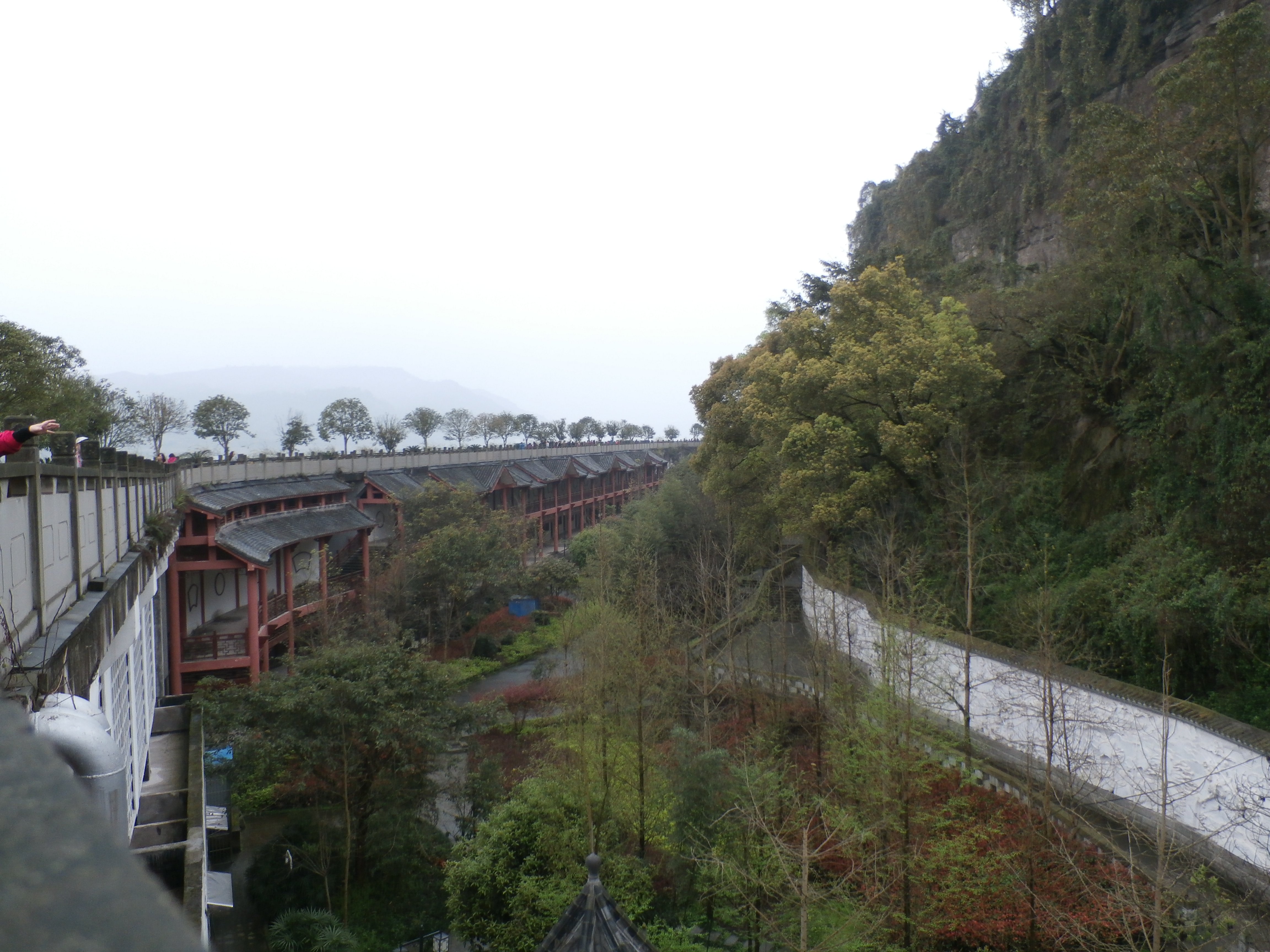
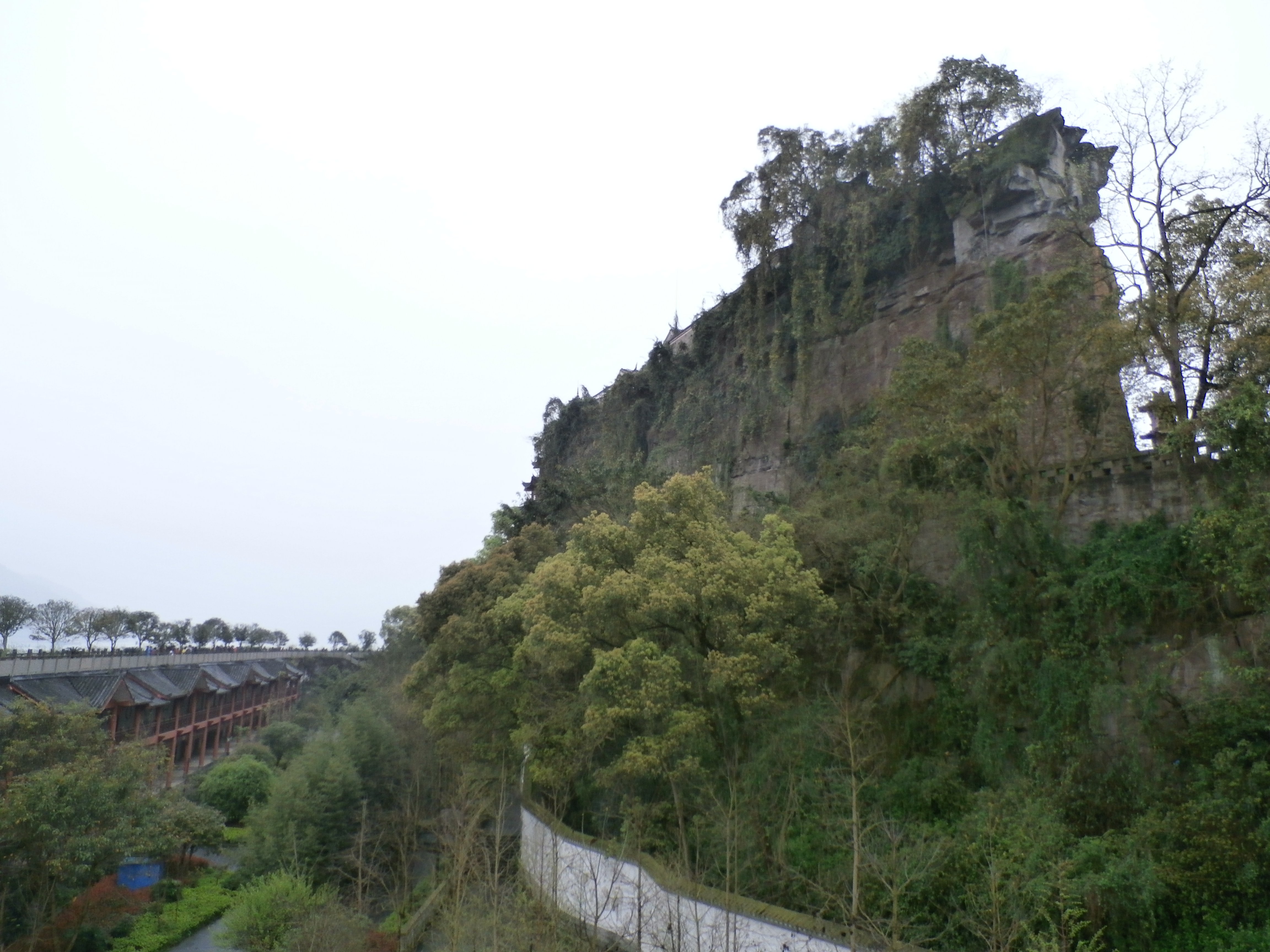
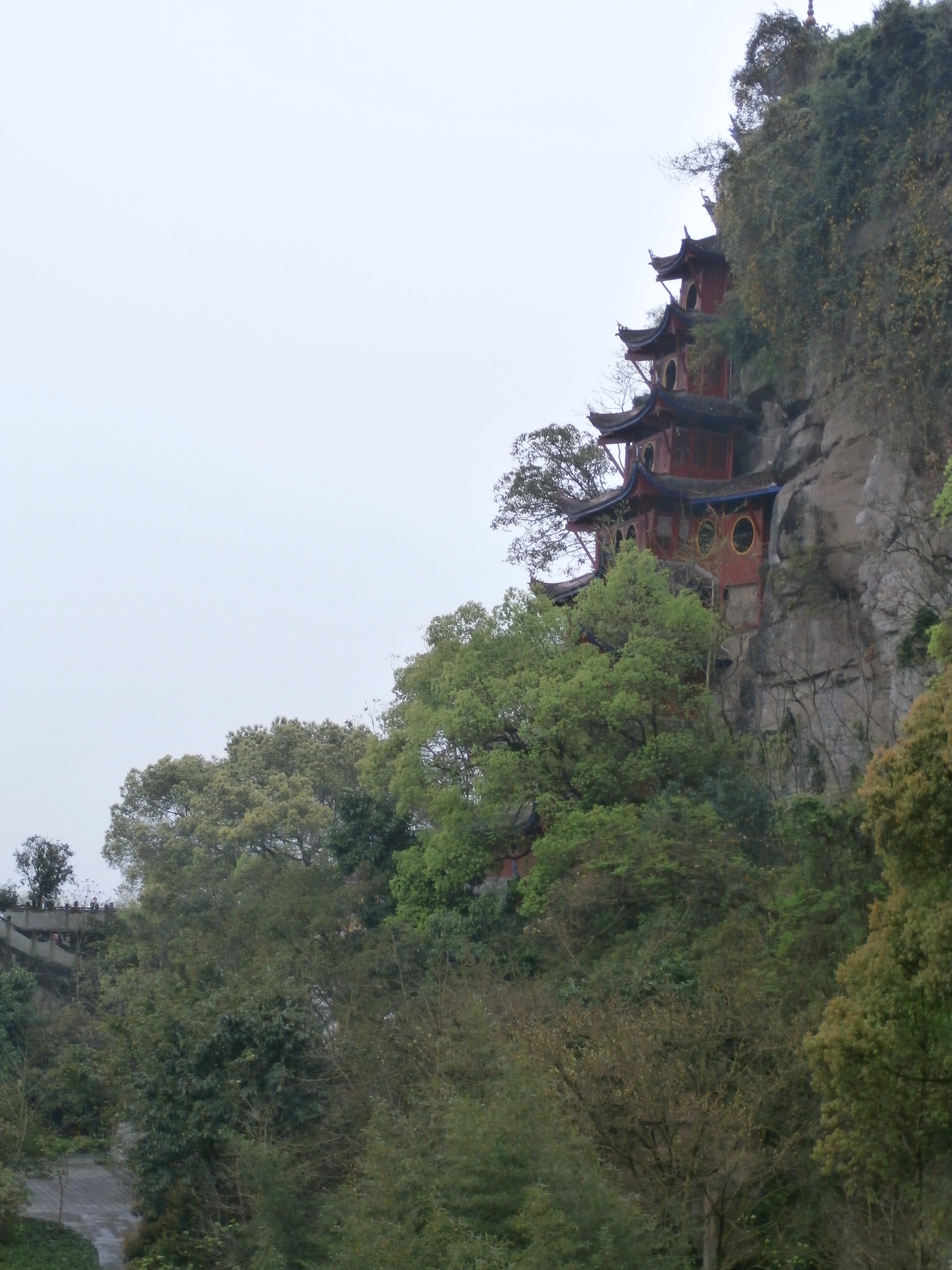
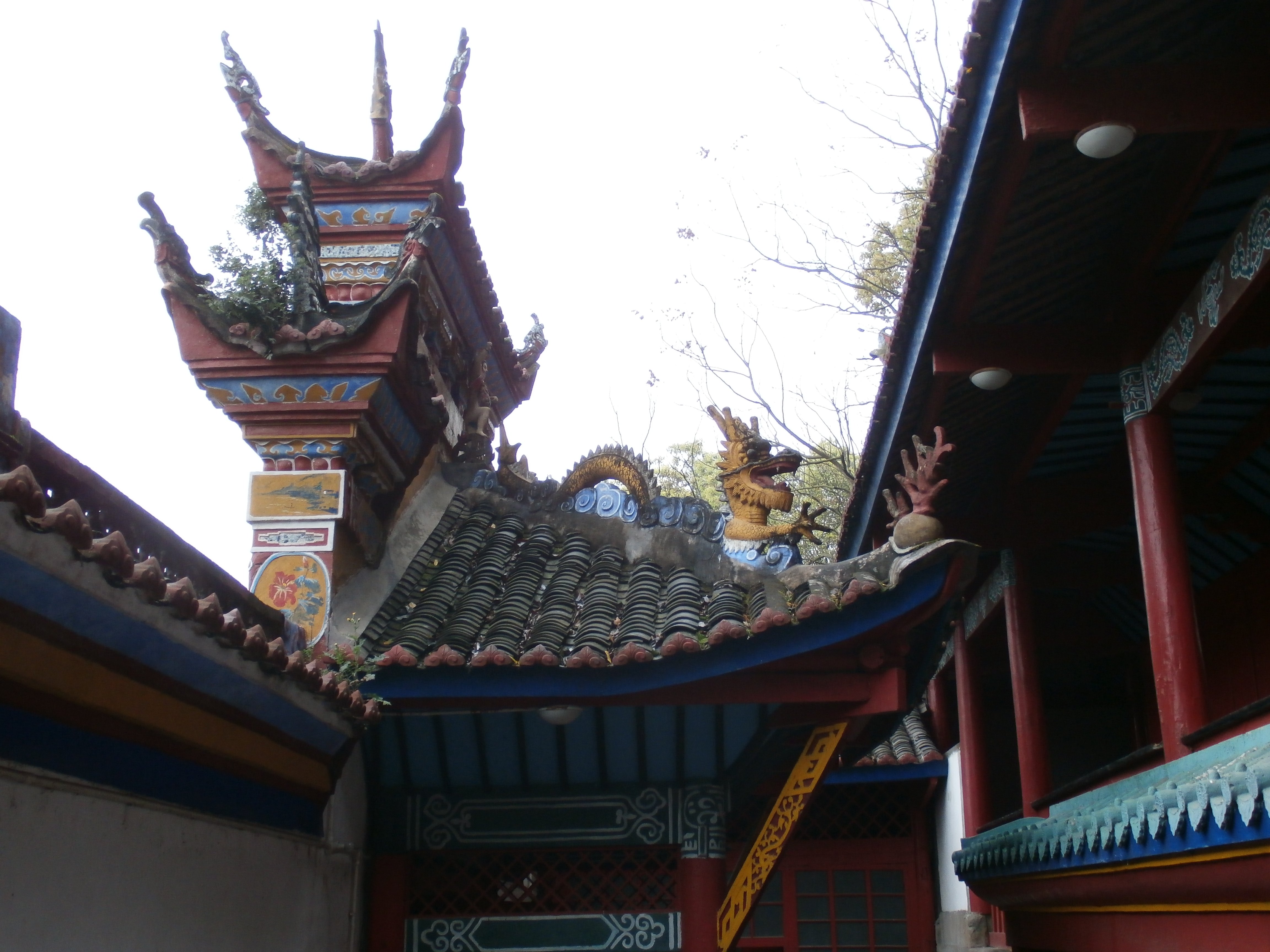
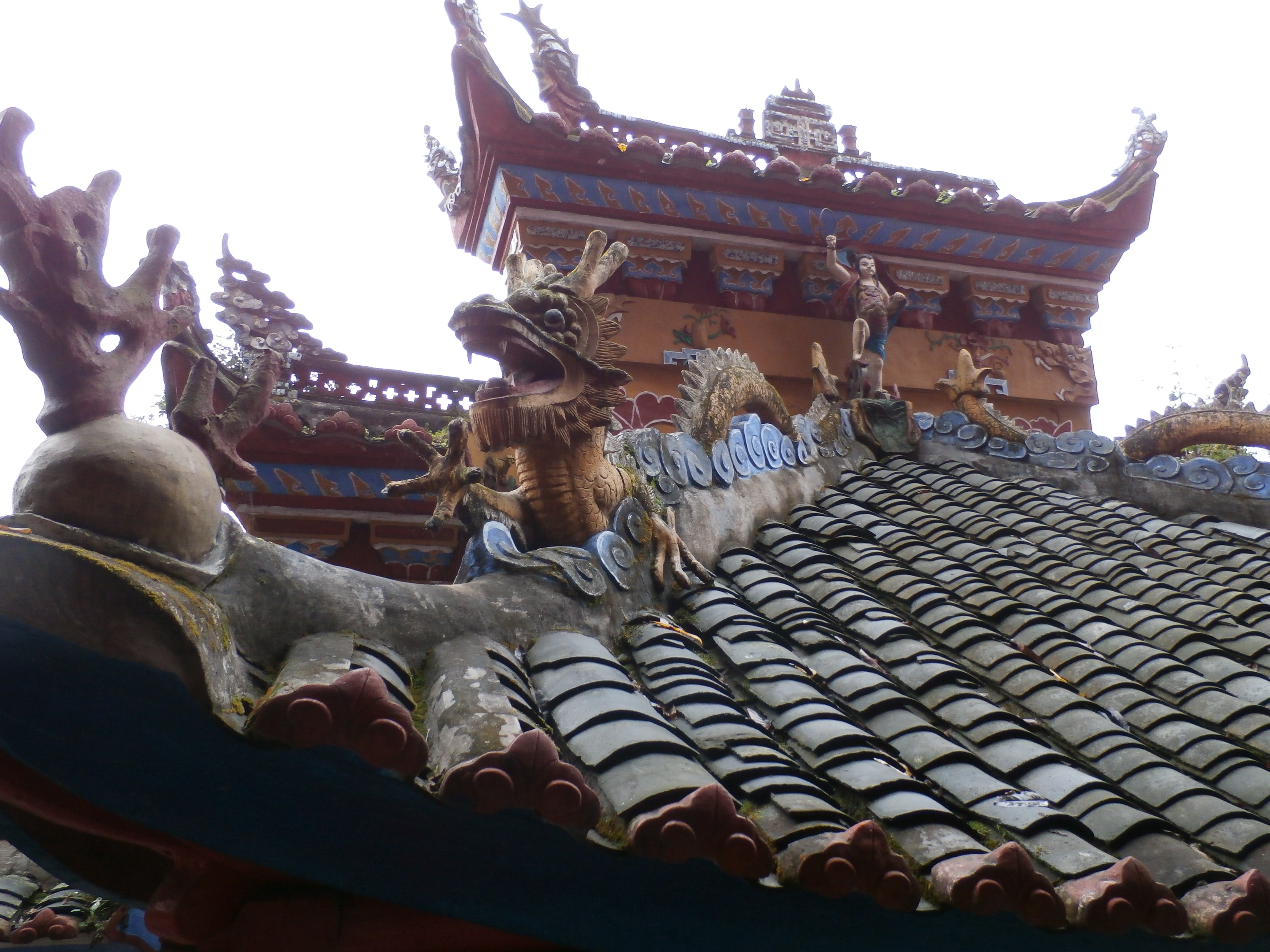
View from the first floor portal
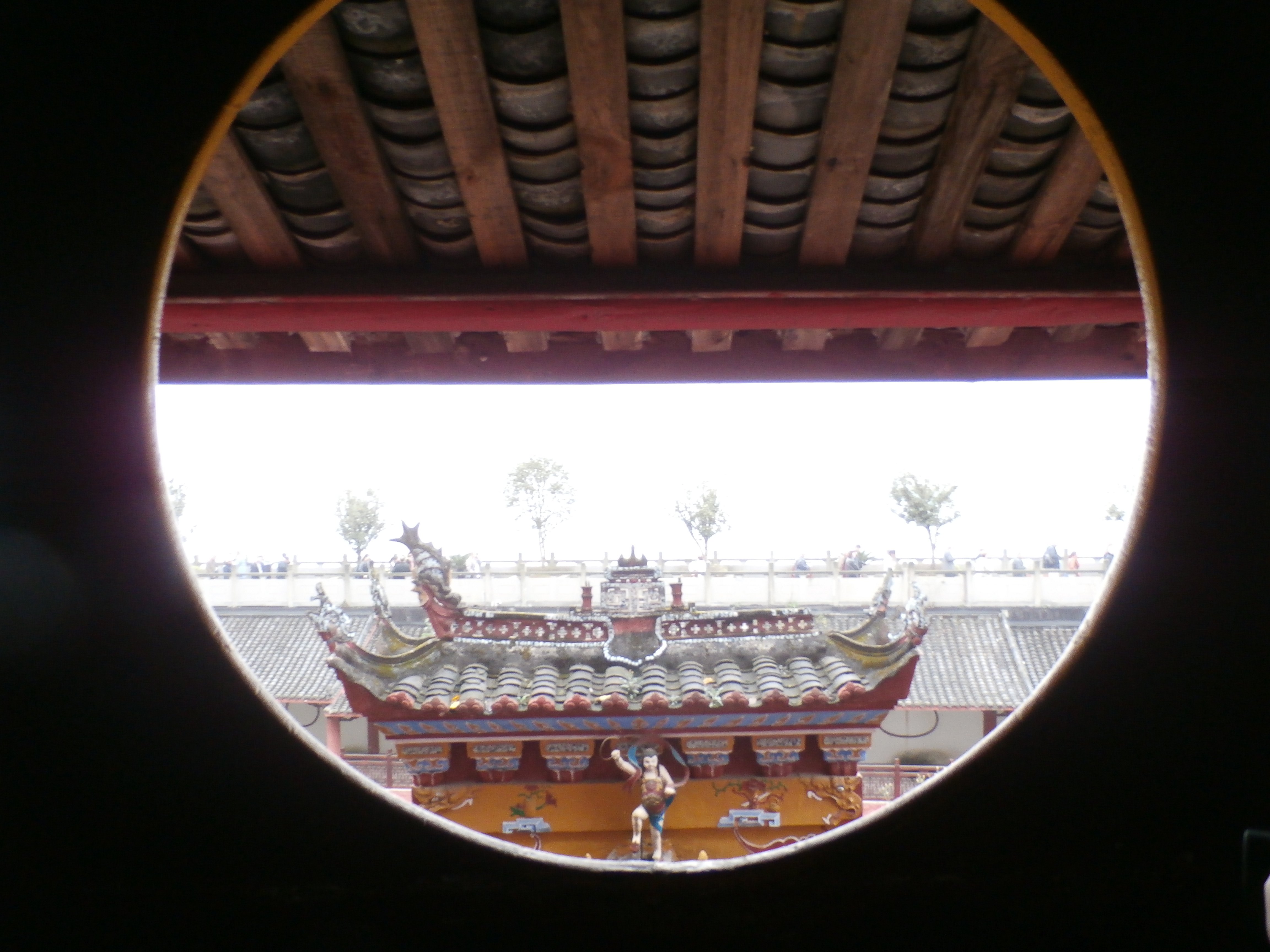
There was a variety of artwork throughout this complex. From painted sculptures to relief carvings. The ornate decorations were as varied as they were multiple. I have chosen to share just a sampling of the different styles.
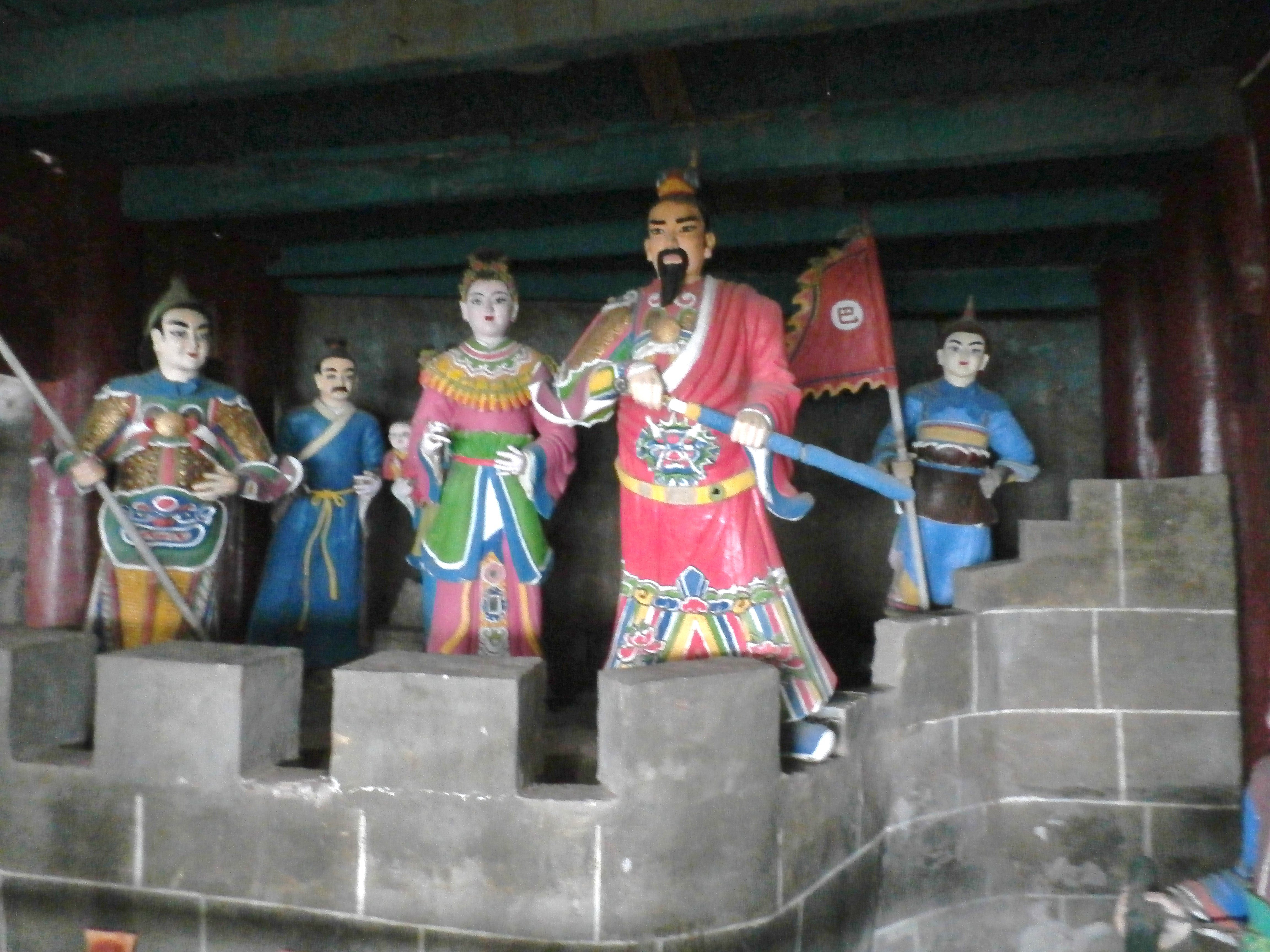
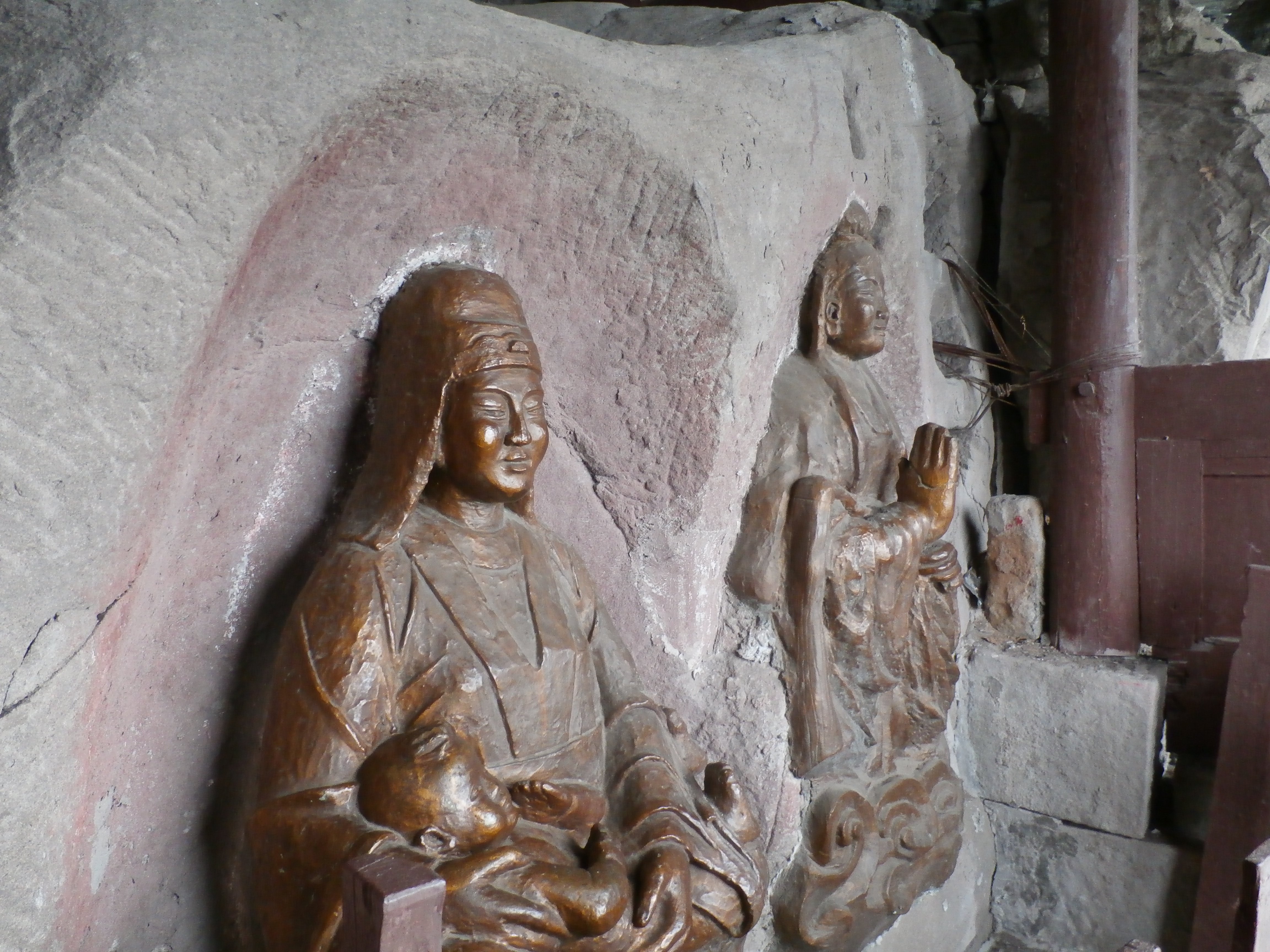
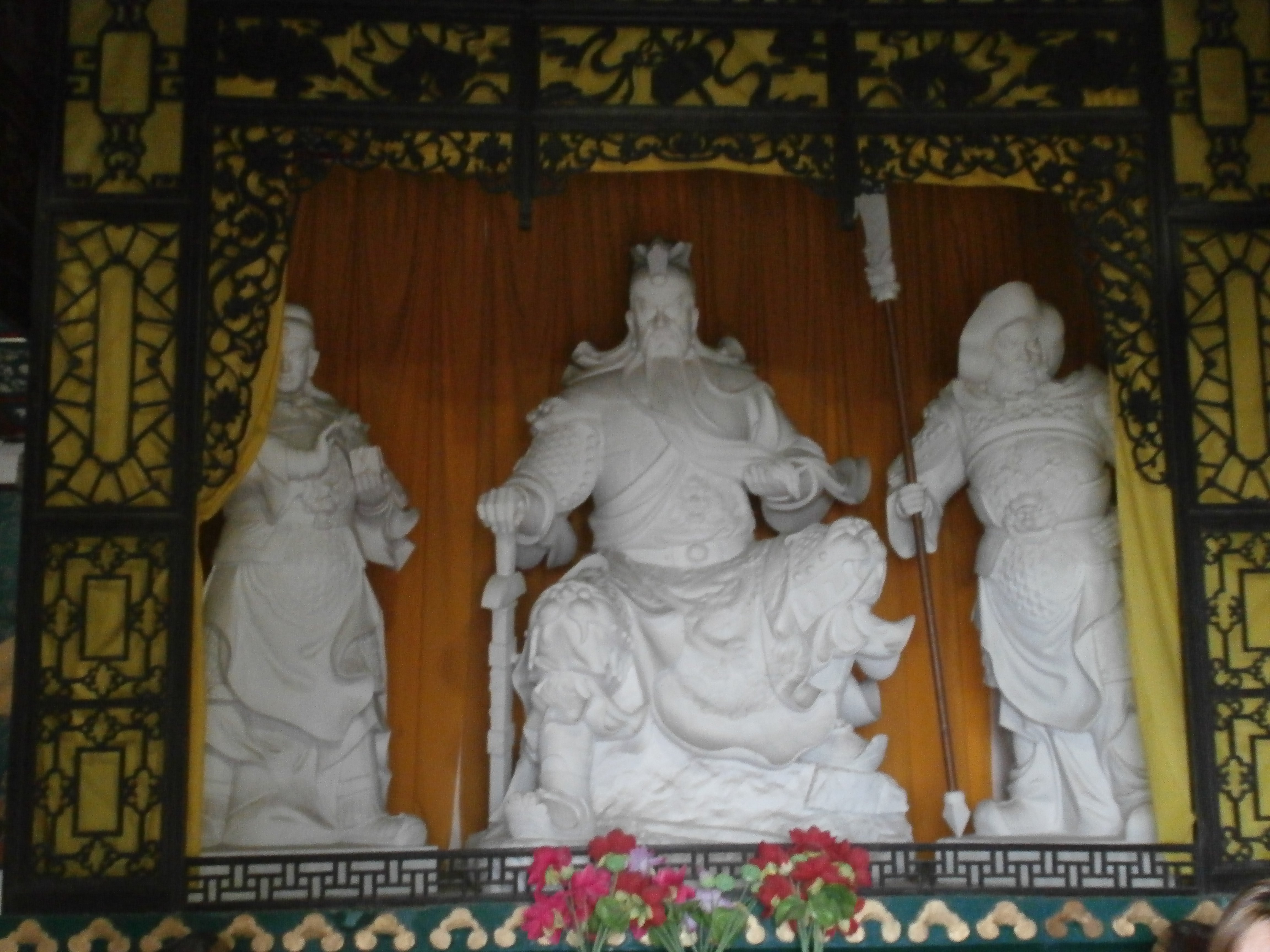
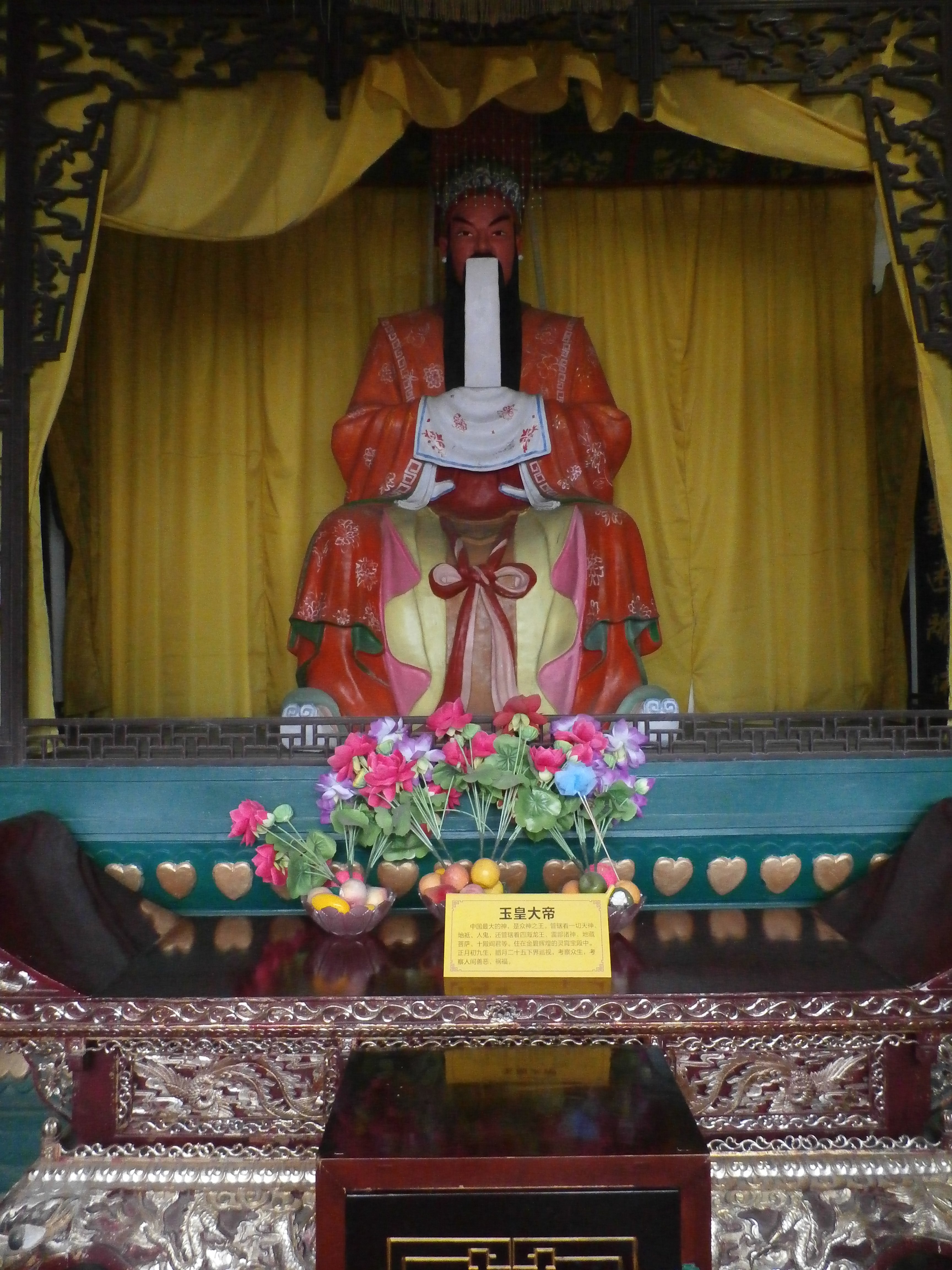
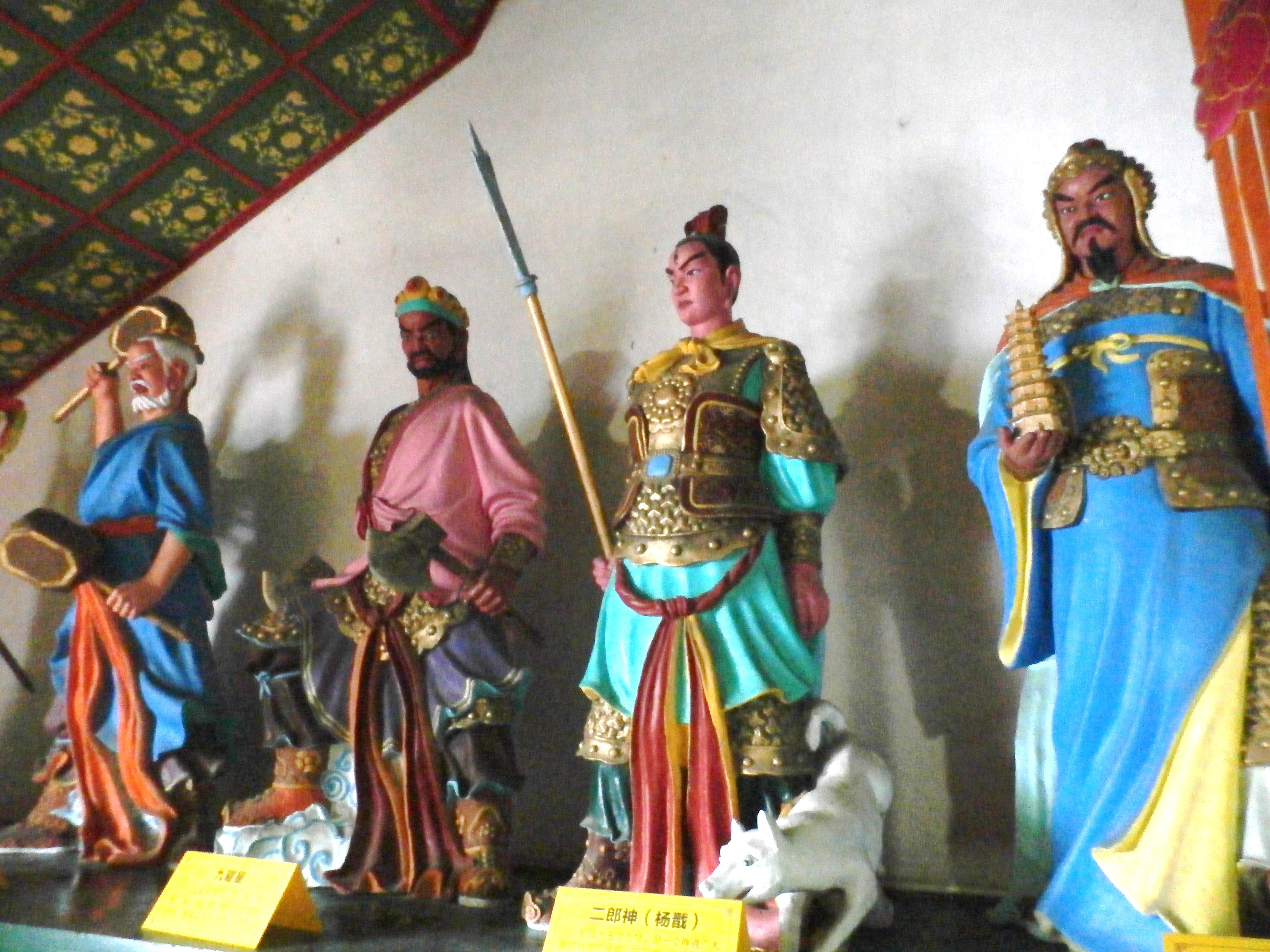
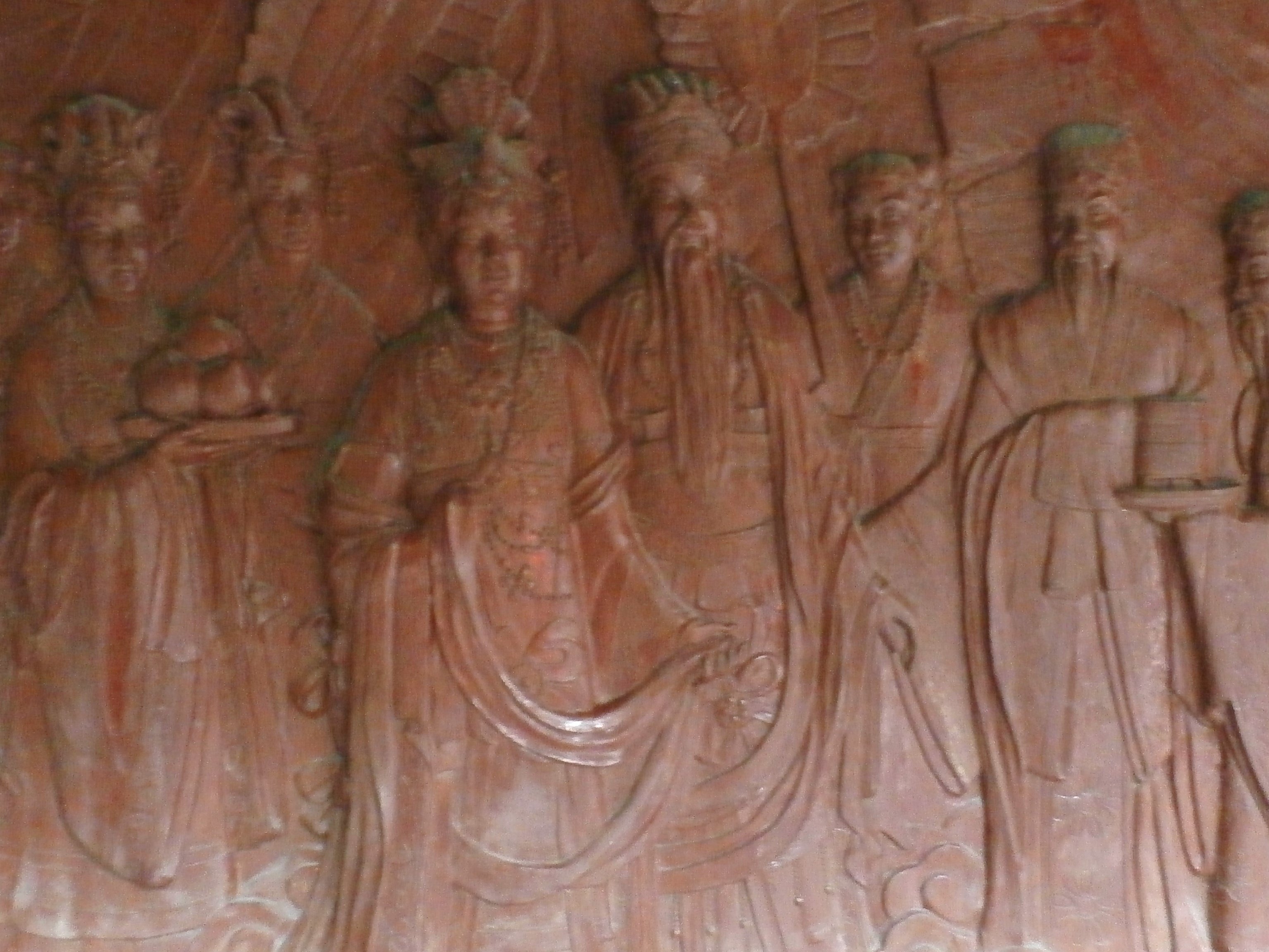
There was one interesting legend I would like to share. There were two wells located atop the hill. One had a legend that rice used to pour out of a small hole. A monk tried to enlarge the hole to get more rice. His greed caused the rice to stop flowing. The other well is called the duck well (pictured below). Legend says that if a duck is dropped into the well, fifteen seconds later you will see him swimming in the Yangtze. Unfortunately (or maybe that should be fortunately), they would not do a demonstration.
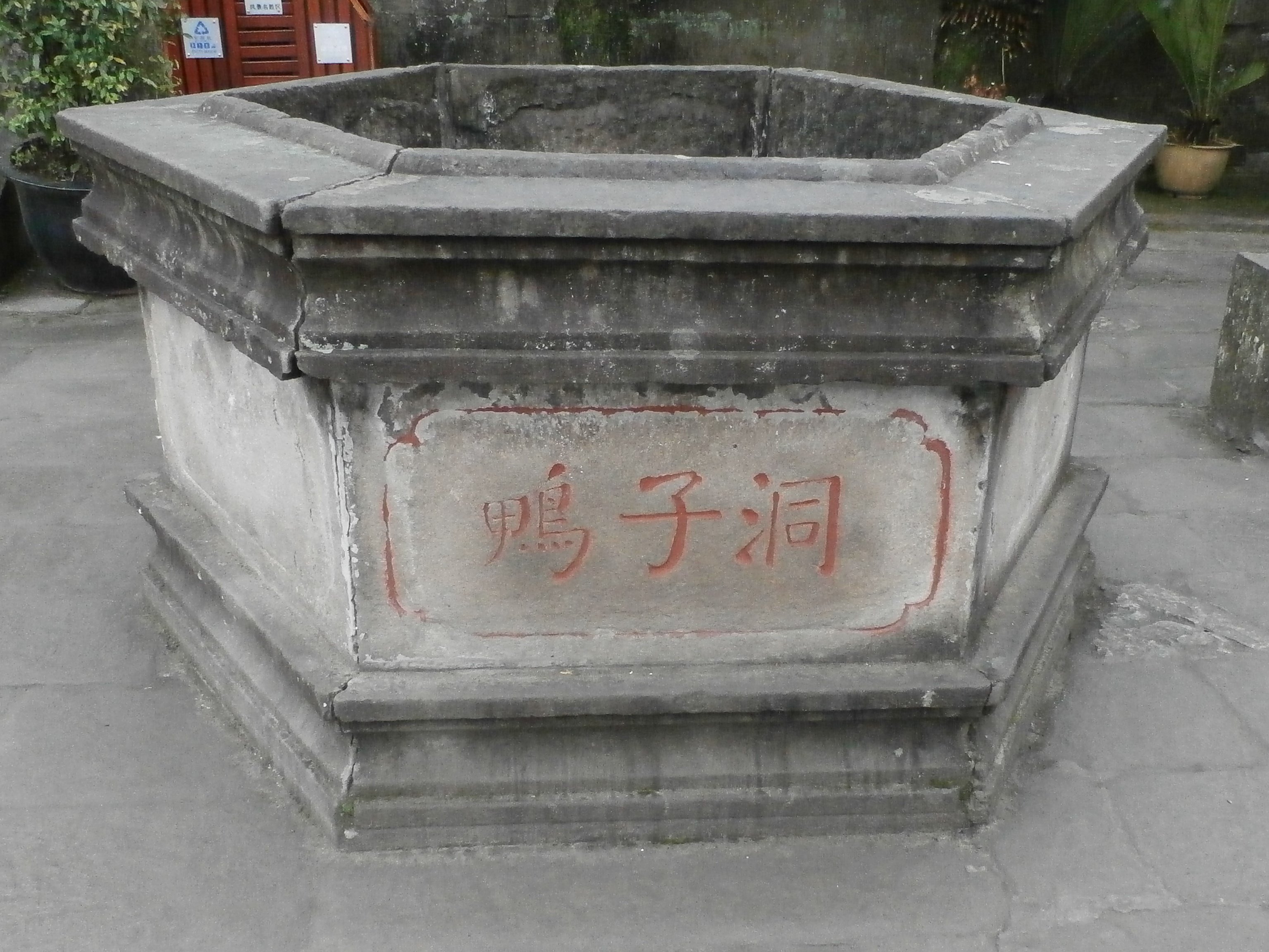
The view from the top of the hill is spectacular. It was also a stark reminder of the healthy walk home that still lay in front of us. There is a restroom at the top for those who need it. Definitely not a "five star" restroom, but utilitarian if nothing else. It is probably worth hitting if you have a long trek back to the ship ahead. If you can picture it, after descending from the hilltop, you walk across the bridge straight ahead, up into the town you can see. In the middle of that town you take a right turn and eventually end up on that road you see on the far right. That road winds down toward the water with another turn not pictured in the photo. It is a pretty good distance.
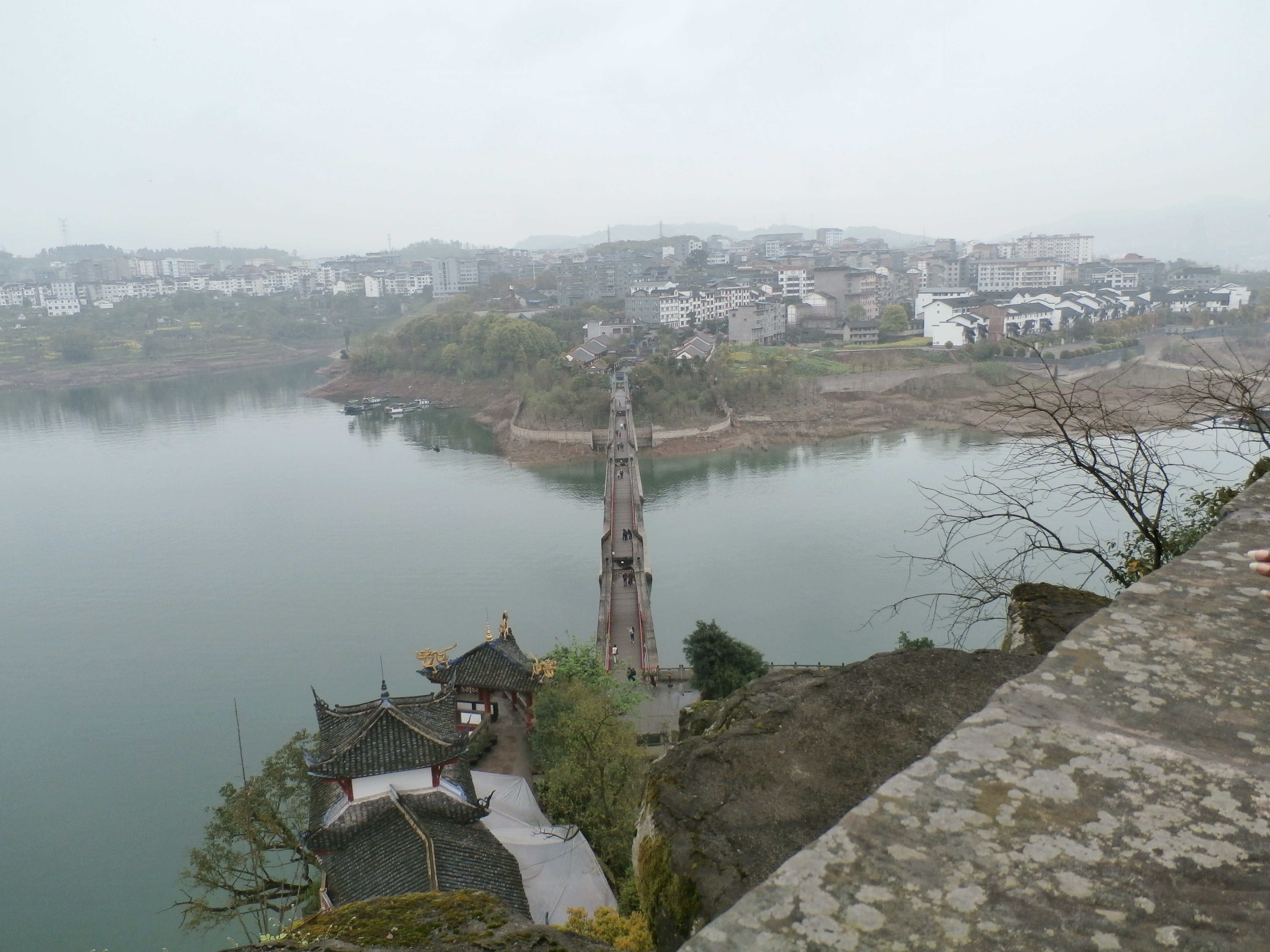
I didn't take any video at this site, but the tour company I used has a nice video that provides an overview.

The Shibaozhai Pagoda is a medium exertion excursion. Those with trouble walking and climbing may want to take a pass on this one. For me, it was nice to get some exercise away from the confines of the riverboat. It was about half an hour walk either way. A bit longer on the way back as we haggled with some shop owners to make a few purchases. There were some really nice things for sale, but we didn't want to overdo it, either. We still had luggage to tote around and another city to visit. The entire excursion takes about three hours.
These photos are all my own. They may be reproduced with prior permission.
